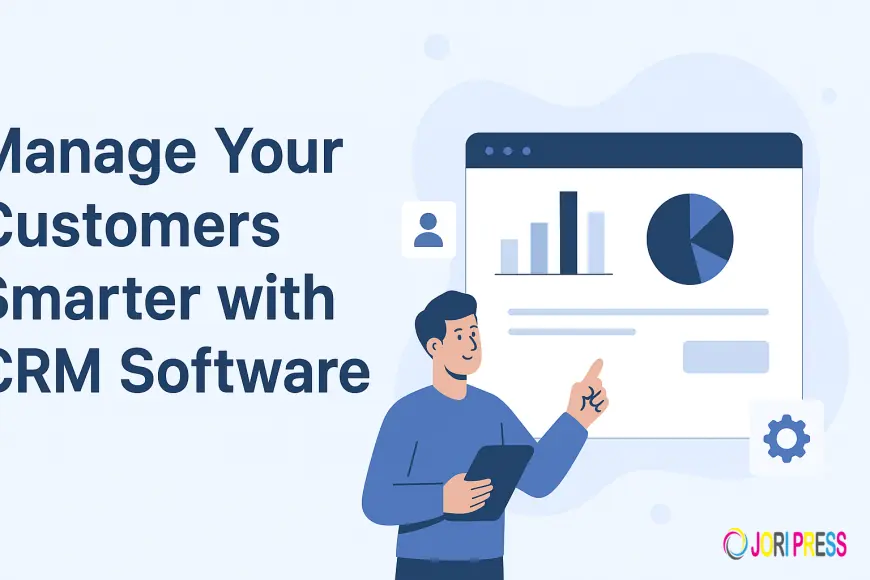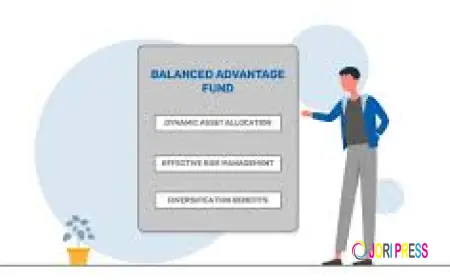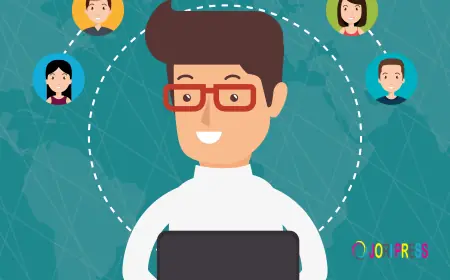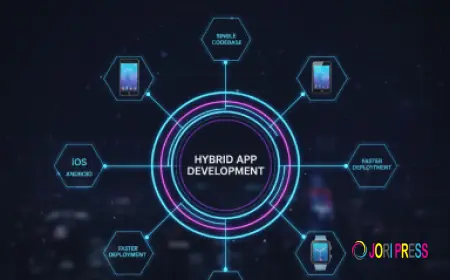The Role of CRM in Customer Retention and Loyalty
Discover how a cloud-based CRM software helps businesses boost customer retention and loyalty. Learn how automation, personalization, and analytics build lasting customer relationships that drive growth.

Customer acquisition might get all the attention, but it’s retention that drives long-term success. Studies consistently show that keeping existing customers is far more cost-effective than finding new ones. That’s why businesses today are investing heavily in Customer Relationship Management (CRM) systems — tools that not only help manage data but also build strong, lasting connections.
A cloud based CRM software gives businesses the structure, insights, and automation they need to nurture customer relationships and turn satisfaction into loyalty. Let’s explore how CRM plays a crucial role in customer retention and long-term engagement.
1. Centralizing Customer Information
The first step to retaining customers is understanding them. A CRM centralizes all customer data — including purchase history, interactions, preferences, and feedback — into one organized system.
This comprehensive view allows teams to offer more personalized experiences and proactive service. Whether it’s remembering a client’s last purchase or anticipating their next need, CRM ensures no customer feels forgotten or undervalued.
When customers feel known and understood, loyalty follows naturally.
2. Enhancing Communication and Engagement
Communication is the backbone of any good relationship. CRMs help businesses maintain consistent, timely communication with their customers through automated emails, reminders, and updates.
For example, a business can automatically send renewal reminders, thank-you messages, or exclusive offers to repeat buyers. These small, thoughtful touches keep customers engaged and connected to your brand.
The more consistent and relevant your communication, the stronger the emotional bond with your customers becomes.
3. Providing Proactive Customer Support
One of the key factors in customer retention is the ability to solve problems before they escalate. With CRM, support teams can track past interactions, monitor service tickets, and identify recurring issues.
This historical context allows for faster, more accurate resolutions. Additionally, CRM analytics can alert teams to potential problems, enabling proactive outreach before a customer’s frustration grows.
By resolving issues quickly and effectively, you not only retain customers but also strengthen their trust in your brand.
4. Personalizing Customer Experiences
Today’s customers expect personalization at every stage. A cloud based CRM software allows businesses to segment customers based on preferences, behavior, or purchase patterns and deliver tailored experiences.
From sending birthday offers to recommending complementary products, CRM systems help create moments that feel personal and relevant. This emotional connection builds a sense of loyalty that competitors find hard to break.
5. Automating Follow-Ups and Loyalty Programs
Follow-ups play a huge role in keeping customers engaged after a purchase. A CRM automates these follow-ups, ensuring that no relationship is neglected.
Businesses can also use CRMs to design and track loyalty programs — rewarding repeat purchases, referrals, and long-term engagement. These incentives not only encourage repeat business but also transform satisfied customers into brand advocates.
Automation ensures that every loyal customer receives consistent recognition and appreciation.
6. Measuring Satisfaction and Gathering Feedback
Retaining customers means continuously improving their experience. CRM tools make it easy to send surveys, collect feedback, and track satisfaction scores.
By analyzing this data, businesses can identify pain points and take immediate action to enhance their offerings. When customers see their feedback implemented, it reinforces their sense of partnership and loyalty.
Feedback isn’t just a response mechanism — it’s a growth opportunity.
7. Predicting Churn and Preventing It
One of the most powerful aspects of CRM is predictive analytics. By studying engagement data and purchase behavior, CRMs can identify customers at risk of leaving.
This allows businesses to take preventive action — offering personalized discounts, scheduling check-in calls, or addressing concerns directly. Early intervention can often turn a potential loss into a long-term win.
Proactive retention is far more efficient than reactive recovery.
8. Building Trust Through Consistency
Loyalty is built on trust — and trust comes from consistent experiences. A CRM ensures every department has access to the same customer information, eliminating miscommunication and improving service quality.
When customers receive consistent support and personalized attention at every touchpoint, they know they can rely on your business. That consistency transforms satisfaction into long-term commitment.
Conclusion
Customer retention isn’t about luck — it’s about strategy. A cloud based CRM software gives businesses the tools to stay connected, understand their customers, and build meaningful relationships that last.
By combining automation, analytics, and personalization, CRM systems help businesses go beyond transactions and create loyalty that drives steady, sustainable growth.
In today’s competitive world, a good CRM isn’t just about managing data — it’s about managing trust, relationships, and the future of your business.
What's Your Reaction?
 Like
0
Like
0
 Dislike
0
Dislike
0
 Love
0
Love
0
 Funny
0
Funny
0
 Angry
0
Angry
0
 Sad
0
Sad
0
 Wow
0
Wow
0

















































